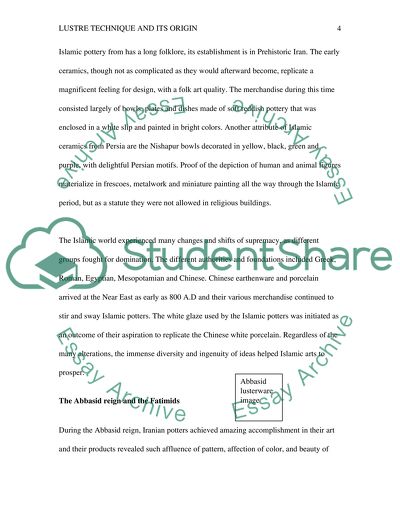Cite this document
(“Islamic Art Essay Example | Topics and Well Written Essays - 2750 words”, n.d.)
Islamic Art Essay Example | Topics and Well Written Essays - 2750 words. Retrieved from https://studentshare.org/miscellaneous/1527778-islamic-art
Islamic Art Essay Example | Topics and Well Written Essays - 2750 words. Retrieved from https://studentshare.org/miscellaneous/1527778-islamic-art
(Islamic Art Essay Example | Topics and Well Written Essays - 2750 Words)
Islamic Art Essay Example | Topics and Well Written Essays - 2750 Words. https://studentshare.org/miscellaneous/1527778-islamic-art.
Islamic Art Essay Example | Topics and Well Written Essays - 2750 Words. https://studentshare.org/miscellaneous/1527778-islamic-art.
“Islamic Art Essay Example | Topics and Well Written Essays - 2750 Words”, n.d. https://studentshare.org/miscellaneous/1527778-islamic-art.


